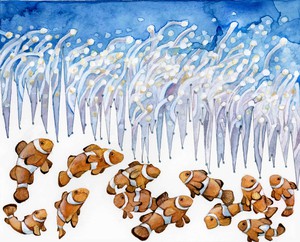
“Liquid art” by Wlodek Brühl, and how it could be used in physics teaching
Do you sometimes feel that wherever you go, you just happen to observe something that makes you think about physics? I definitely do, and that’s what happened to me again…
